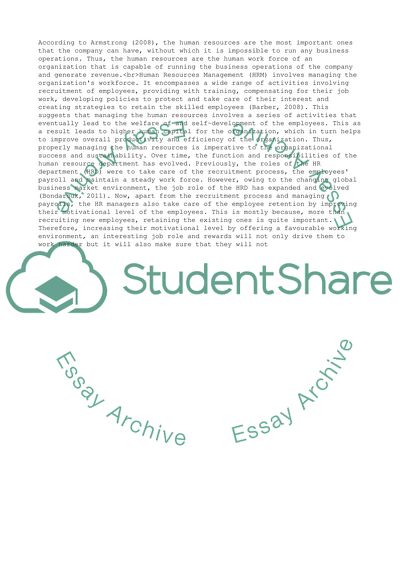Cite this document
(“Research paper in business information management Essay”, n.d.)
Research paper in business information management Essay. Retrieved from https://studentshare.org/management/1691430-research-paper-in-business-information-management
Research paper in business information management Essay. Retrieved from https://studentshare.org/management/1691430-research-paper-in-business-information-management
(Research Paper in Business Information Management Essay)
Research Paper in Business Information Management Essay. https://studentshare.org/management/1691430-research-paper-in-business-information-management.
Research Paper in Business Information Management Essay. https://studentshare.org/management/1691430-research-paper-in-business-information-management.
“Research Paper in Business Information Management Essay”, n.d. https://studentshare.org/management/1691430-research-paper-in-business-information-management.


